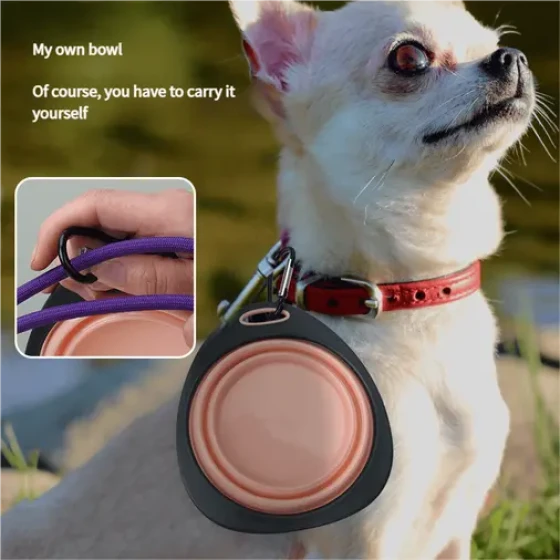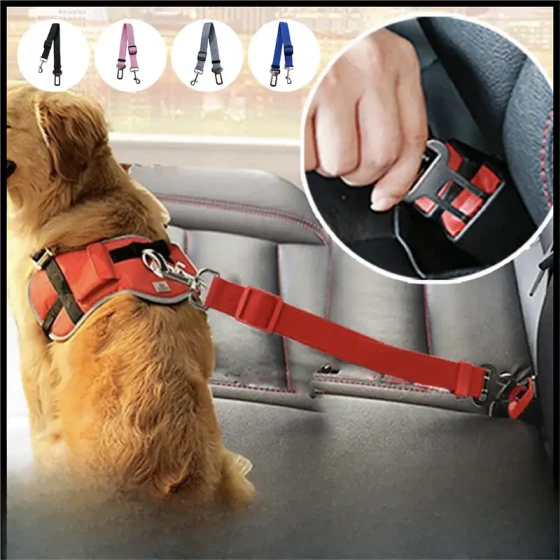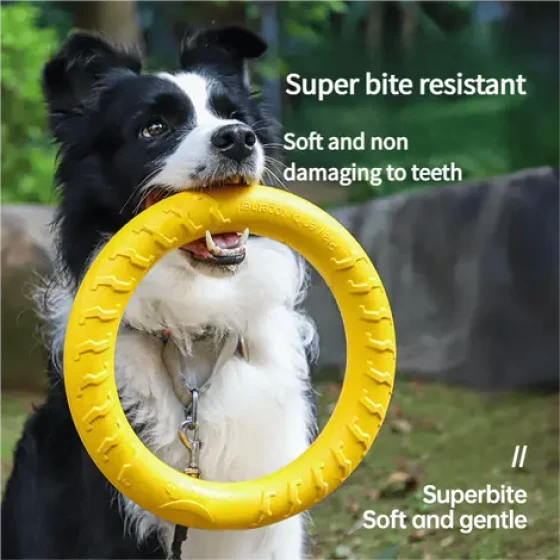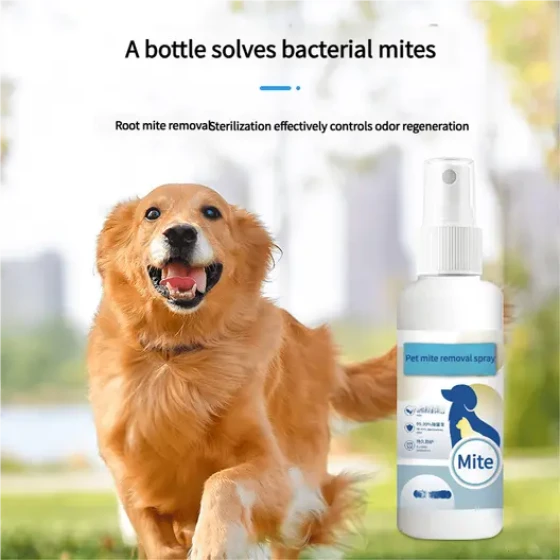Alaskan Malamute Care Knowledge

Alaskan Malamute
With the development of society, keeping pets has become a trend. Because Alaskan Malamutes have strong verbal abilities and a handsome appearance, and can understand human language, expressions, and various gestures, more and more people are raising them. Due to their naturally sensitive stomachs, owners need to pay extra attention to their lifestyle and diet.
Care Knowledge
Alaskan Malamutes have very high environmental requirements. Since they originate from cold regions, they do not tolerate heat well and need to be kept in a relatively cool environment for long periods. This dog is very active, so its living space needs to be spacious, and most importantly, ensure it gets enough exercise. Alaskan Malamutes are very large in size with thick coats and prefer cold over heat. Raising them well is not an easy task.
Precautions
Common Knowledge on Feeding Alaskan Malamute Puppies
1. Always provide clean water for the Alaskan Malamute.
2. Feeding should mainly consist of dry food; try to avoid mostly soup-based food. Before 3 months old, the puppy's food (including kibble) should be fully soaked in water.
3. Avoid overeating or irregular feeding. Due to the unique digestive system of the Alaskan Malamute, do not feed too much at once. Maintain regular feeding times and do not let the dog eat one meal full and the next starve, as this easily causes stomach torsion and stomach bleeding and is detrimental to nutrient absorption. Feed smaller portions multiple times a day (3 to 4 times daily for puppies).
4. Avoid raw food and oily foods.
5. If possible, mix two types of nutritional powders, such as "development boost" and "calcium stomach aid," into the dog food.
6. Do not use human shampoo, as it will cause severe shedding.
7. Alaskan Malamutes require a lot of exercise; it's best to take them for a run every day.
8. The environment should not be too humid. Alaskans have dense fur, making it difficult for moisture to dissipate, which easily leads to eczema and other skin diseases.
9. The dog’s collar should not be too wide, and it is best not to wear it when indoors, as it affects the straightness of the fur.
10. Puppies have sensitive stomachs and should not eat greasy foods; dog food or meals should contain little to no oil.
11. Before the dog reaches adulthood, it is best to give two calcium tablets daily to ensure healthy bone development.
12. Water should never run out; when going out, bring two more bottles of water, or else you will have to buy mineral water for it.
13. Alaskan Malamutes have strong self-cleaning abilities for their fur and don't need frequent baths. If indoors and not very dirty, bathing once every two to three weeks is sufficient.
14. During shedding, prepare a dog-specific comb and brush the dog several times a day to prevent fur from spreading all over the house.
15. Nutrition must keep up for puppies under 6 months old, or it will affect the fur color and bone structure when they grow up.
Bathing Precautions
1. Always comb the fur before bathing to untangle mats and remove large debris, especially around the mouth, behind the ears, armpits, inner thighs, and toes—areas dogs least like being combed.
Note: To reduce the dog’s pain, hold the fur root with one hand while combing with the other.
2. Suitable bathing temperature: generally 36°C in spring and 37°C in winter.
3. The best time to bathe an Alaskan Malamute is in the morning or noon. Avoid bathing on days with high humidity or rain.
4. After bathing, use a hairdryer or towel to dry the fur immediately. Never dry the dog in direct sunlight, as washing removes much of the natural oils, lowering cold resistance and skin defense, increasing the risk of colds, skin infections, or pneumonia.
5. Avoid getting shampoo in the dog's eyes or ears. Rinse thoroughly to prevent soap residue, which can irritate the skin and cause dermatitis.
6. Bathing every two weeks is sufficient; do not bathe too frequently.
Final Reminder: Many owners lack basic knowledge of their dogs, leading to oversights during bathing. Always express the dog's anal glands before washing and clean the ears thoroughly after bathing.





